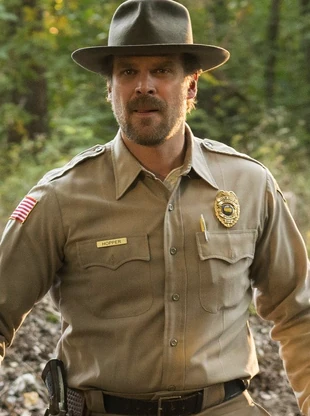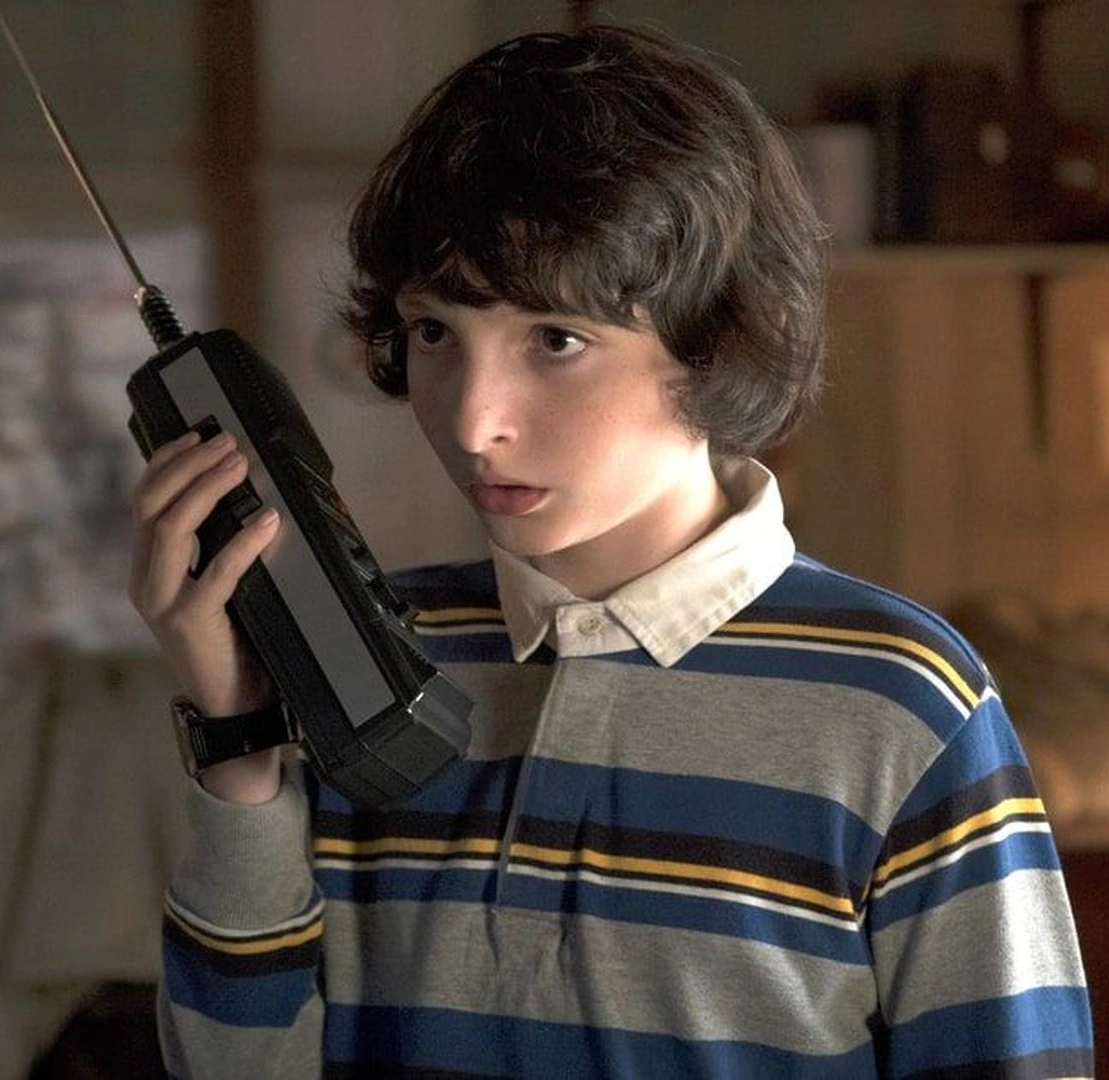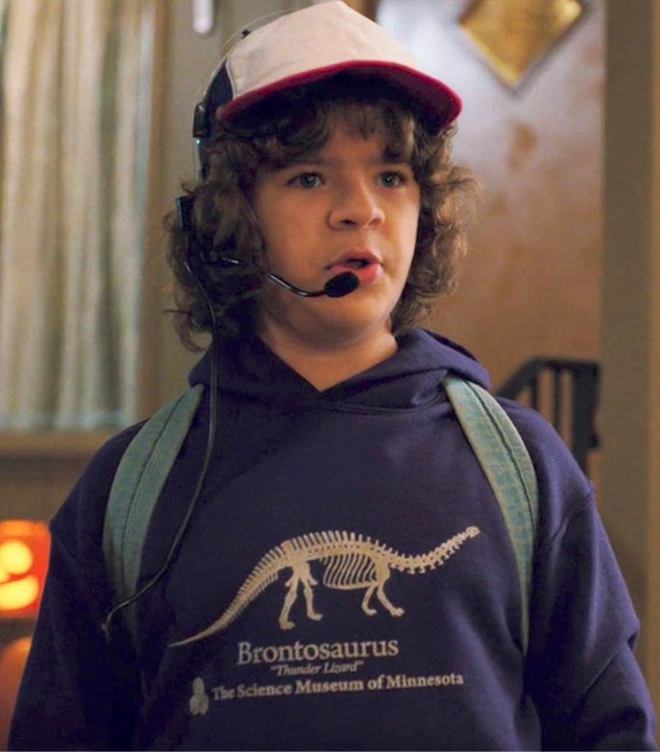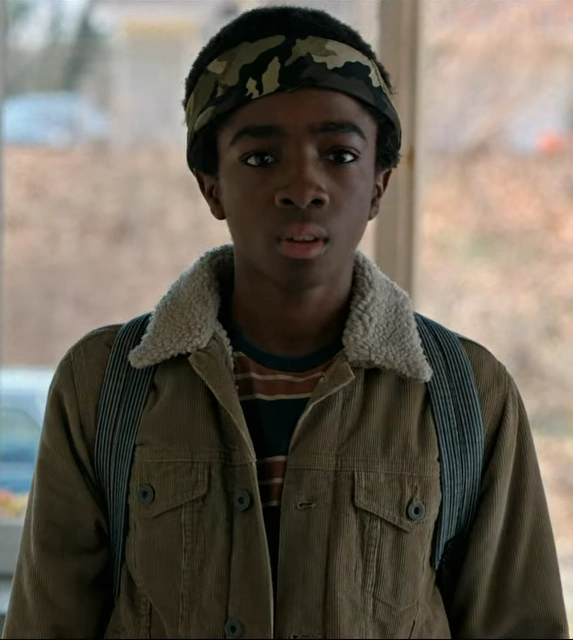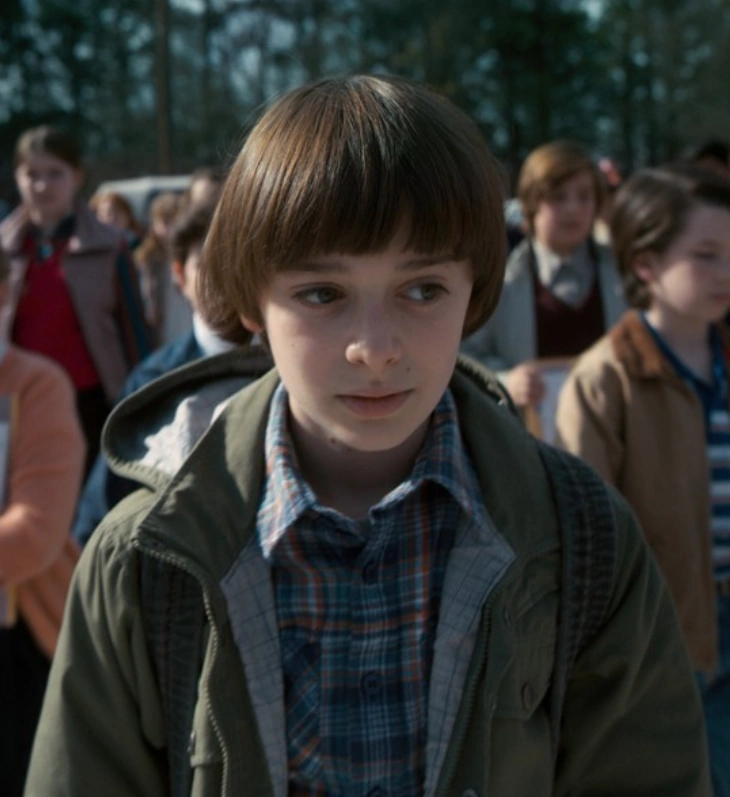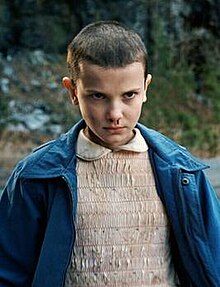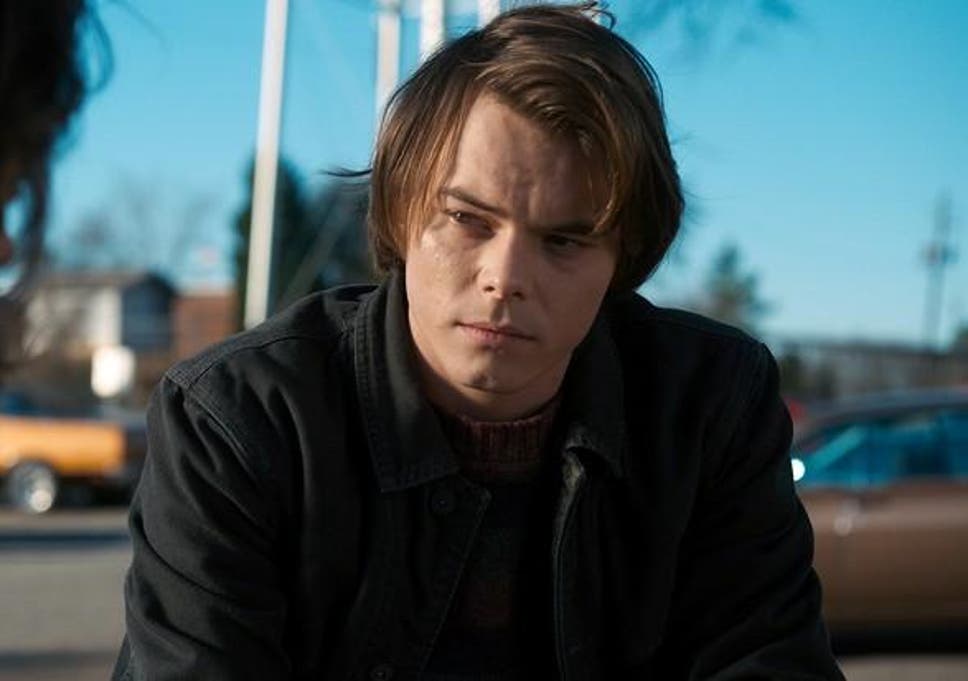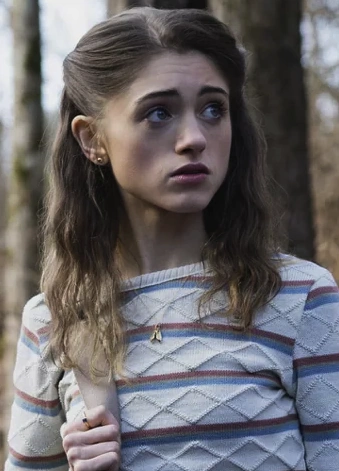What is semiotics and how does it help us analyse and understand representations in the media?
The study of signs/signals and their significance of understanding what they represent within a media product which helps us to analyse and understand why certain things are put in place.
What are media signs and signifiers?
In semiotics, a sign communicates a meaning that is not the sign itself to the interpreter of the sign. The meaning can be intentional or unintentional.
The sign is the object or thing being seen. The signifier is the physical existence (sound/word/image) and the signified is the mental concept.
What key signs and signifiers can be seen in episode one of each of the set products?
One signifier is the use of darkness which can be interpreted into the horror genre in which there are 3 key scenes. One being where Will gets taken by the 'antagonist' which sets the scene for a horror genre. Another scene is the opening with the stars and dark science lab where the lights are flickering which creates a mysterious tone with underlying tension from the unknown of the darkness which emphasises evil, mystery and fear.
Other signifiers in Stranger Things include the different houses, for example, Will has a small bungalow type house with little luxuries which can be interpreted into the idea that Will's family is quite poor, emphasising the reason for being in an 'outcast' group with his friends as they play dungeons and dragons which is seen as geeky as well as their clothing. This, as well as other signs such as the bullies at school, clearly shows that the main group that the audience follows are unpopular which is clearly established. In contrast to Will, Mike
How do these help to communicate messages and values about the individuals, social groups, social identities, events and issues conveyed in the dramas?
What are connotations? How do the representations offered connote the same or different values, attitudes and ideological beliefs about the world? Why do we recognise these connotations? Are they reinforced across a wide range of media representations or do the representations offer new messages and values?

